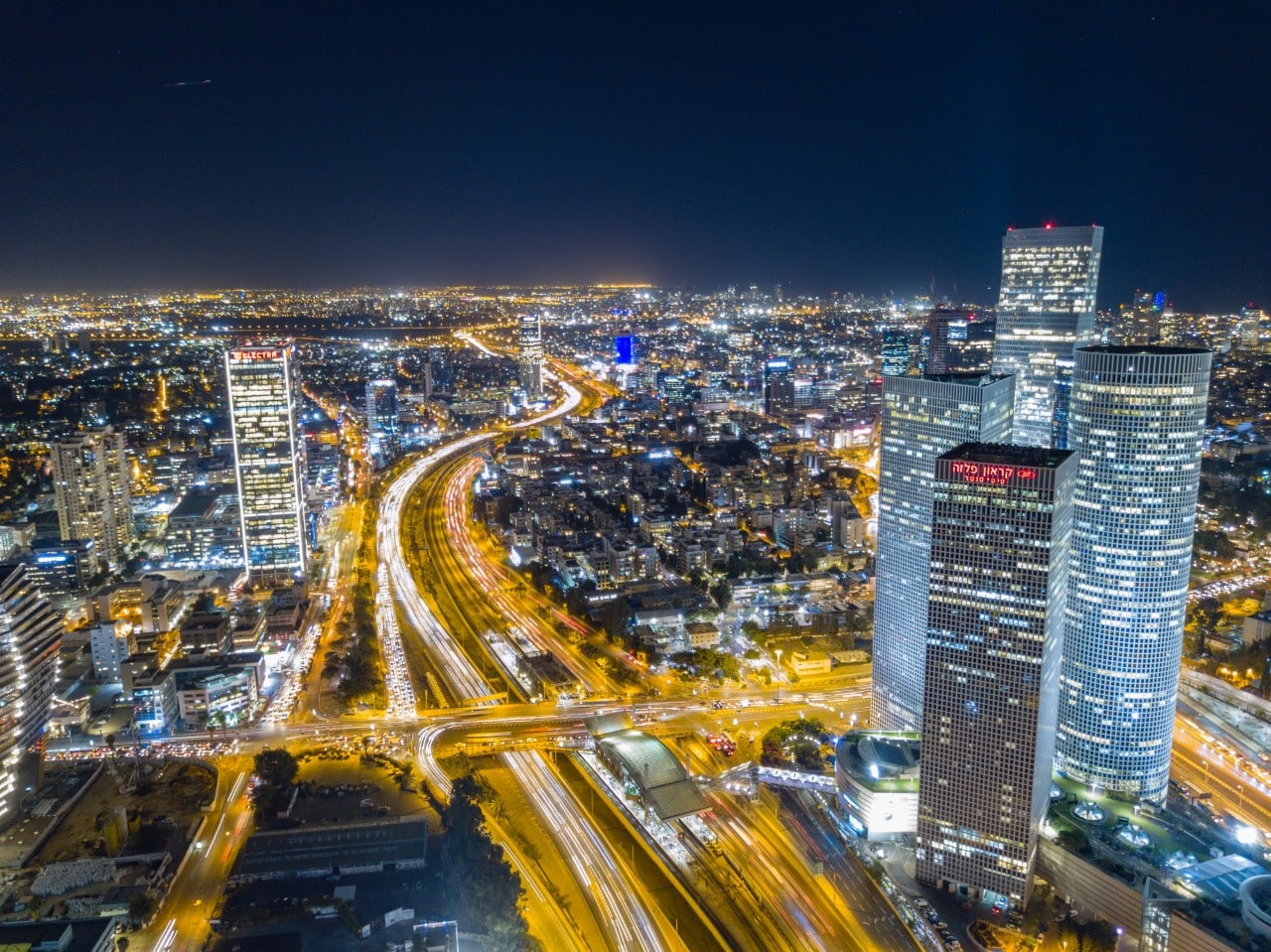Recently, we have spent most of our time at home. We all sat between four walls and looked longingly at the empty amusement parks and abandoned gyms. Coffee on the boulevard has also become a distant dream. The prolonged lockdown emphasized the importance of public spaces, enabling leisure and community activities. The question arises: have we learned anything from this period? Will the coronavirus cause a fundamental change in the perception of our homes and public spaces?
“This great blow that has fallen upon us is a great disaster, which can lead to a fundamental change in the perception of space. It is a dramatic event in the sense that it is global and multidisciplinary; it affects everything. In my eyes, this is a third world war of a completely new kind,” says the architect and urban planner Dr. Ronit Davidovich.
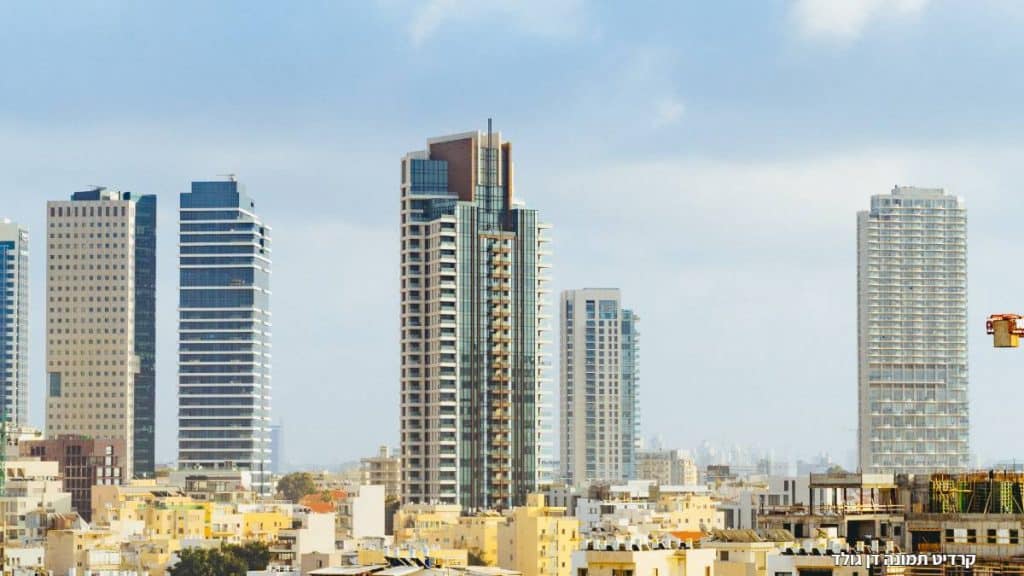
Years of reducing living space
But the coronavirus alone did not lead to this feeling. For decades, our living spaces have been getting smaller and smaller, becoming more and more functional. Even outside, our space is shrinking, private means of transportation make up for the lack of public transportation, and dense projects are being built under the auspices of the state to address the housing crisis. Introducing concepts such as mixed uses and urban renewal contributed to a dramatic change in the discourse. This trend reinforces the need for significant public spaces and urban planning that will enable them, but it pushes them aside in practice.
A bit of history, even before the establishment of the state, emphasis was placed on the planning of the public space. There was an investment in developing public spaces between the buildings; this was the method to balance the urban density. The first outline plan of the city of Tel Aviv, the ‘Geddes Plan,’ is an example of such planning, and the Old North neighborhoods are its remnants. The young country also maintained this image – the developed towns were planned with wide streets, squares, and public spaces.
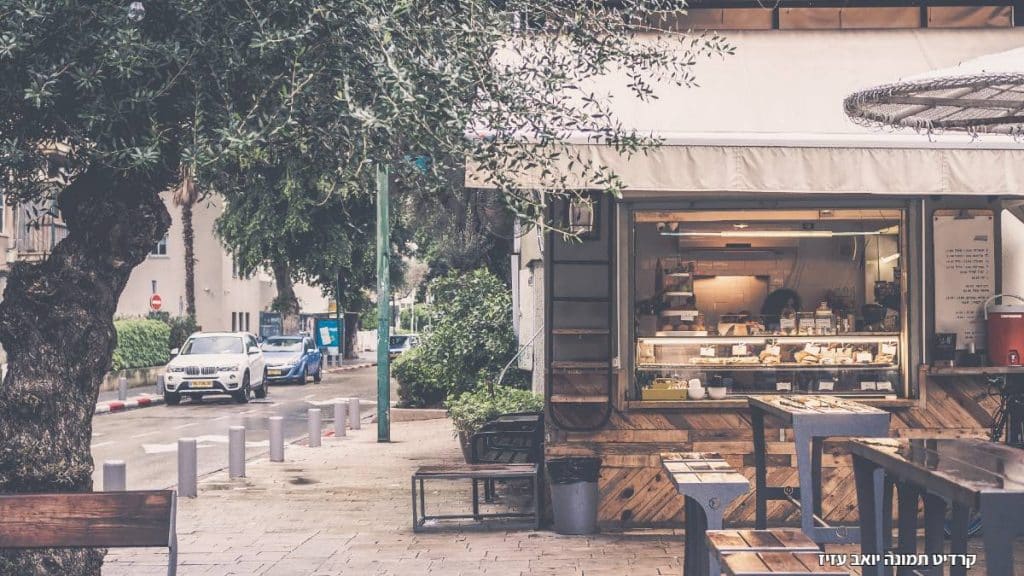
In the 1970s, the state cut investment, and the authorities had to balance the lack created with the help of the private sector; at the same time, the maintenance of the green lungs was neglected. The improvement in the economic situation of the residents led to the crowding out of pedestrians in favor of private vehicles entering the cities. The new trend was to create designated leisure areas, and as a result, the connection between housing and public spaces was gradually severed. Today’s developed cities behave like companies in the private sector: they are in constant competition for investments, areas, and budgets. The public space has a high consumption potential and thus became a magnet of income for the municipality. Social and environmental interests are often pushed aside.
Private parking or a place for a picnic?
There needs to be more clarity between the talk about optimal planning among professionals and the approved plans in practice, which result from considerations and constraints. The result can be called “sleeping neighborhoods,” those that will encourage us to get in the car to buy groceries or drink coffee and certainly to get on a train. What is the logic? A commercial floor in an apartment building may lower the value of the apartments; land outside the train route will be cheaper. This tug of war has always existed, and the question arises: what does the city need more, an additional parking space or a place to spread a picnic blanket? Now, the coronavirus has arrived and changed the balance of power between them.
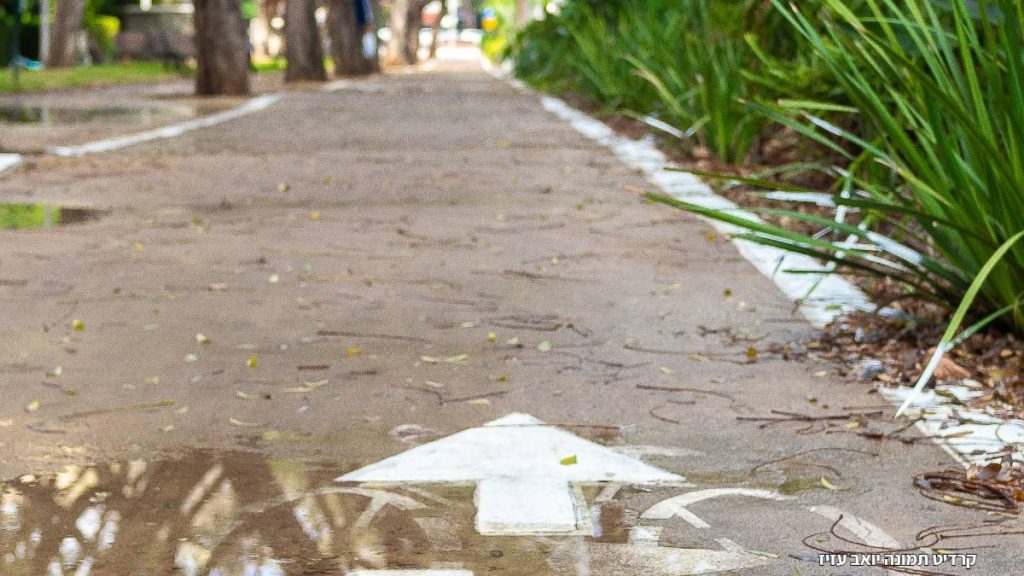
“Just before the coronavirus broke out, at one of the public participation meetings around urban renewal, it was discussed that not everyone must have private parking in Gush Dan, and people did not agree to accept it. And here comes something huge that takes us out of our comfort zone and forces us all to get used to a new reality. During the Corona period, I saw a private parking lot of a building converted into a common yard, and this trend will continue,” Dr. Davidovich estimates.
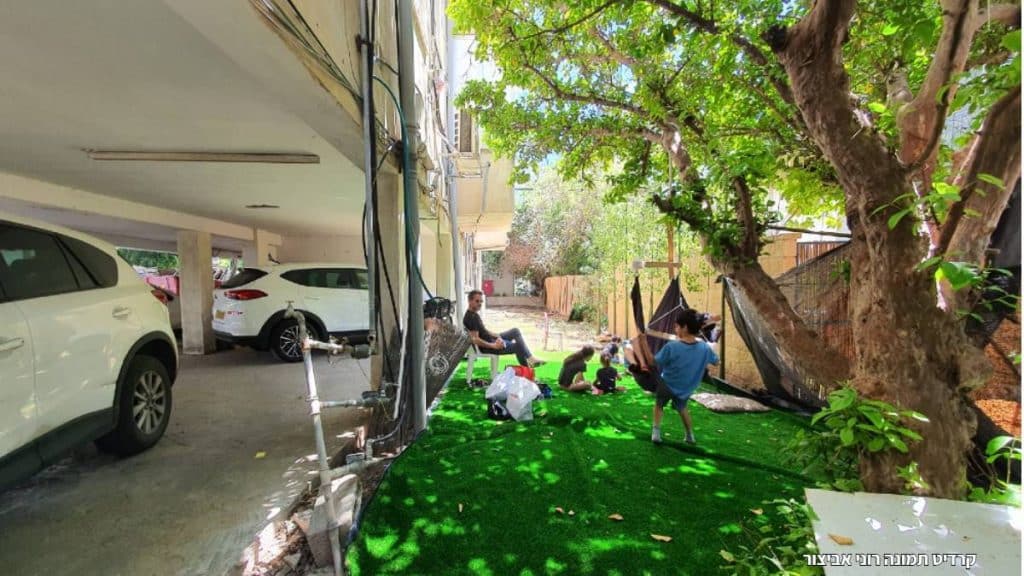
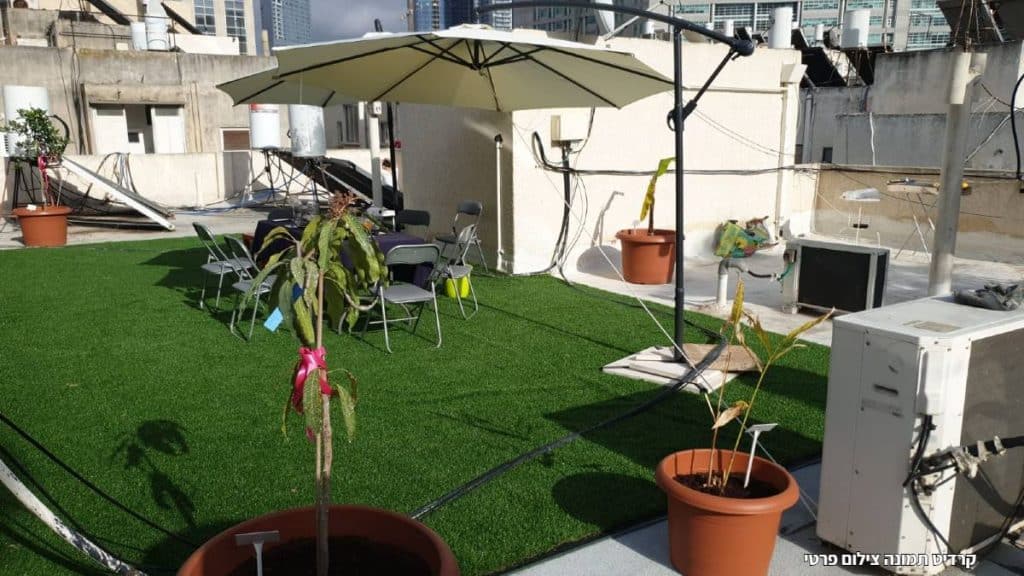
A period of perceptual change
Dr. Davidovitz is sure that the recent period will affect the perception of the home, the organization, and even the perception of time. “People have realized that they can work great from home, which remains empty in the morning. The hours of activity will change dramatically. Working from home saves traffic jams, and Zoom puts us in a clear time frame. From this point of view, the house returns to the traditional concept but from a new and smart place, with spaces that allow for a greater variety of uses.”
Architect Ofer Rossman from Studio XS, who specializes in planning small spaces, points to immediate changes. “Following the forced lockdown, people discovered the importance of planning their immediate environment and its potential. There was a lot of creativity during this period, and we see a perceptual change in how we relate to the common spaces. For example, the volume of cars has greatly decreased, enabling the removal of vehicles from the building’s parking lot and the use of the space for new use. Shelters and roofs, usually used as warehouses, have been converted into gyms.”
A traditional house of a new type
“The lockdown caused us to change our perception of the house. For example, we are used to counting rooms in the house – bedrooms, living room, and kitchen. What is the relevance of this division when the bedroom has recently become a study and the kitchen has been converted into a study corner and a Zoom station? The immediate definitions of the house have completely changed. The only space that has always been creative and flexible in terms of uses is the balcony. It does not have a fixed function, and it is possible to host, cook, exercise, and watch TV on it. Reactions of families with and without a balcony were significant during this period. The issue of acoustics became significant and will receive a new reference. If until today we were talking about the height of the lobby and the marble standard, then today there is interest in materials that provide an anti-bacterial solution and in the application with which we will order an elevator to avoid pressing the button. The planning and regulatory authorities received feedback from the field, and issues that had been on the table for years and did not progress suddenly received a high priority.”.
“We will return to the public space out of appreciation for the community and local culture,” concludes Davidovich. “When we finish our gathering, we will raise our heads and conduct ourselves much smarter within the thousands of kilometers we would have covered.”


